
London is constantly reinventing itself. What was a public loo yesterday becomes a coffee shop today.
The same is true for London's theatres. Here are some of the halls that were once filled with drama and noise; now they've been reincarnated as something else entirely.
1. Twentieth Century Theatre, Bayswater
This grade II-listed theatre — of interest because of its rectangular shape with a gallery across one end — now holds meetings and conferences.
The Twentieth Century Theatre was built as a small but perfectly formed theatre in 1863; by 1866 it had changed its name to the rather lovely-sounding Bijou Theatre.

For a time in the 1920s, it hosted amateur productions, put on by people like the Dramatic Societies of Harrods, department store DH Evans (now House of Fraser) and the BBC.
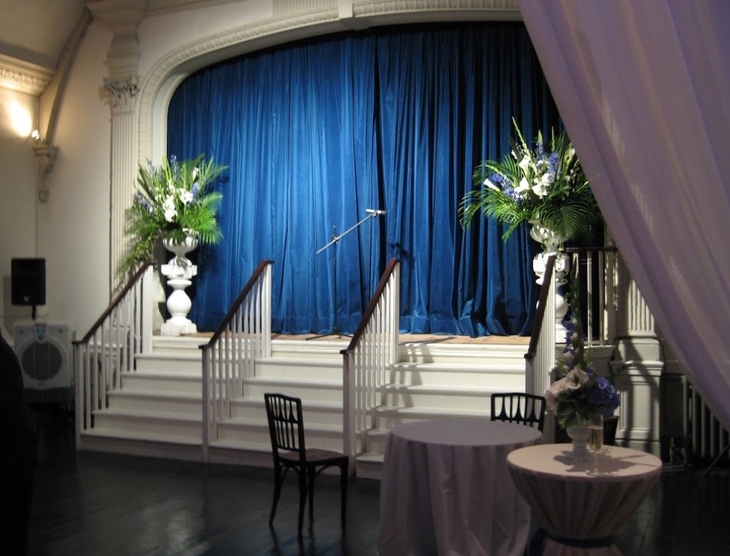
2. Koko, Camden
Even if you've never been inside, just looking up at the front of what is now Koko in Camden, should make it obvious this building was once a theatre.
The Camden Theatre opened in 1900, built for EG Saunders, who also ran the Coronet in Notting Hill. The architect, WGR Sprague was also responsible for a whole host of London theatres, including St Martin's Theatre, the Ambassadors Theatre, Wyndham's, Gielgud, Novello, Aldwych, Noel Coward... the list goes on.
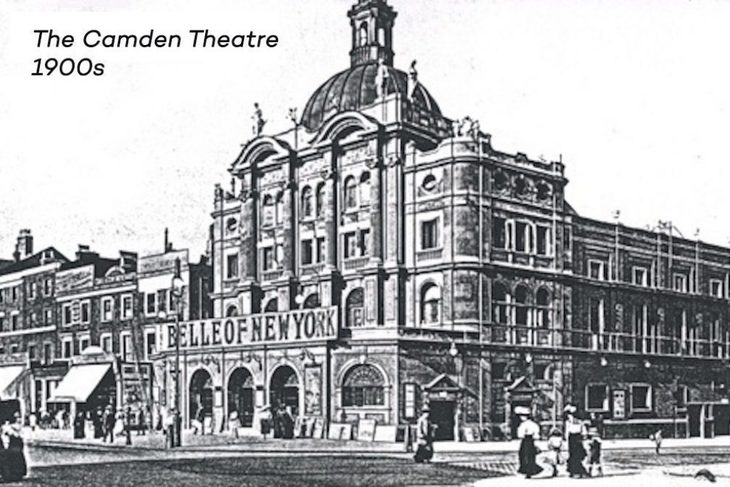
The Camden Theatre was formally opened by Eileen Terry on Boxing Day 1900. In January 1913, it became a cinema (the Camden Hippodrome Picture Theatre); from 1945 it was a BBC radio theatre; in 1972 it was Grade II listed.

Over the years, the building has hosted an amazing variety of stars, from the Goon Show and Monty Python, to The Clash in the 70s; Madonna in 80s; raves, as the Camden Palace, in the 90s; and Coldplay, Elton John, Prince, and Dizzee Rascal in the 00s.
3. Hippodrome Casino
When it opened in 1900, the London Hippodrome was one of the most spectacular theatres in the world.

Not content with the traditional stage-and-seats set up that had been fine for theatres across the city since Elizabethan times, the Hippodrome was ready to host circuses, and with a vast 100,000 gallon water tank, various aquatic spectacles and shows.
The Hippodrome successfully hosted variety shows, theatre, circus shows and more until the 1950s. It was then changed into a cabaret space, with a show called Talk Of The Town, between 1958 and 1982.
After years of neglect, burlesque cabaret La Clique took over the Hippodrome from 2008, but closed on 27 June 2009; that was the last time the London Hippodrome was used as a proper theatre.

The casino which opened in 2012 restored much of this wonderful building's original fabric both inside and out; it also retained a 180-seat 'cabaret space' in what was the first circle level of the former stage house.
A tiny bit of 'theatre' lives on inside this behemoth of London's theatrical heritage.
4. Ripley's Believe It Or Not
The building towering over the north side of Piccadilly Circus, the current home of Ripley's Believe It Or Not 'museum', was once the London Pavilion Music Hall.

The London Pavilion (actually the second theatre with this name to be built in the area) opened on 30 November 1885. Like the other big West End theatres around at this time, the London Pavilion hosted variety shows throughout the turn of the 20th century. It turned to musicals in the 1910s, and then was converted to a cinema in the 1930s.
As a cinema, the Pavilion was the location for several film premieres in the 1960s, including Beatles and Bond films.
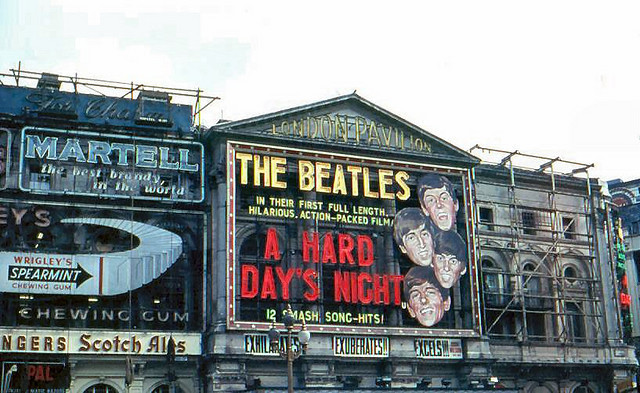
It was gutted in the 80s, turned into shops and 'tourist attractions' (does anyone remember the Madame Tussauds Rock Circus?); since August 2008, it's been home to the London branch of Ripley's Believe It Or Not.
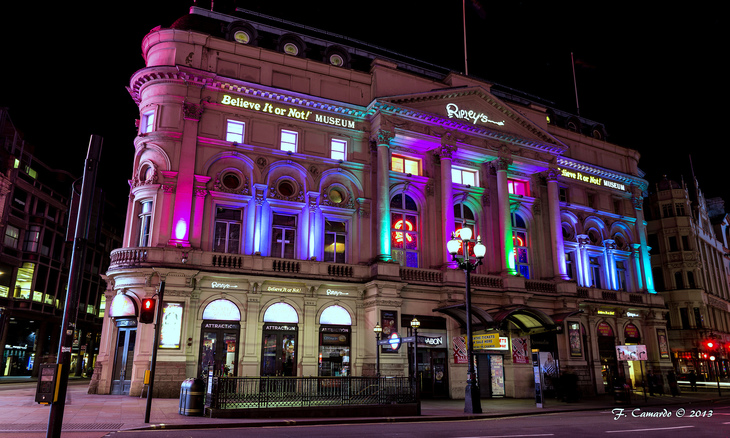
5. Tesco Metro, Piccadilly Circus
The Plaza Theatre on Lower Regent Street opened in 1926, and was one of the first truly elaborate large-scale cinemas built in the West End with American money.
As well as films, the building had full stage facilities, and featured shows staged by the Plaza Tiller Girls, who performed a routine that complemented the film programme.

It's now a Tesco Metro, with five bijou cinema screens (all with less than 200 seats) above the shop, run by Vue Cinemas.
6. Waterstones, Islington
The Collins Music Hall in Islington opened in 1863, in a room above a pub called the Lansdowne Arms.
The pub was then rebuilt to accommodate around 700 to 800 people, and the Collins Music Hall took shape. The theatre hosted variety throughout the late 1800s and early 1900s; it gave early career starts to Norman Wisdom, Benny Hill and Tommy Cooper.

But in 1953 the space was devastated by fire, destroying everything apart from the frontage and the side walls. Today, nothing remains apart from the facade.

7. Crouch End, Virgin Active
A theatre called the Queen's Opera House opened on Topsfield Parade, Tottenham Lane, on 27 July 1897, with a production of The Geisha.
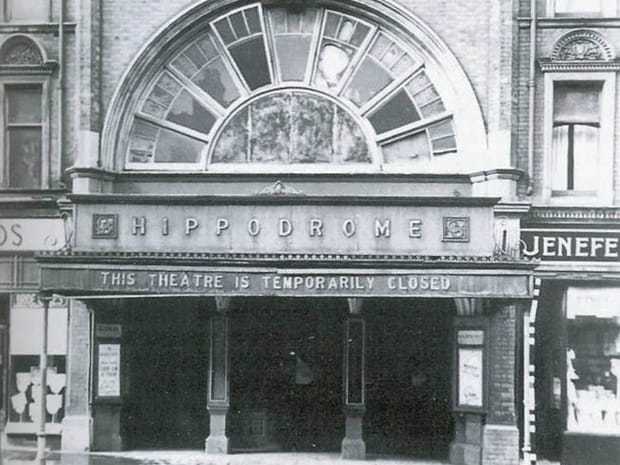
The theatre had seating for about 1,500 people, about the size of the Victoria Palace Theatre today. London stage legends such as Ellen Terry and Lily Langtry performed there.
The theatre had been renamed the Crouch End Hippodrome by 1907 but the building was seriously damaged during the second world war and was subsequently demolished, apart from some of the external walls.

The front of the building retains a certain look of the original theatre, but internally nothing remains. Today it is a branch of Virgin Active.
You might also like:
These London Buildings All Used To Be Cinemas
With thanks to the Theatres Trust website; and the amazingly detailed Arthur Lloyd website.



